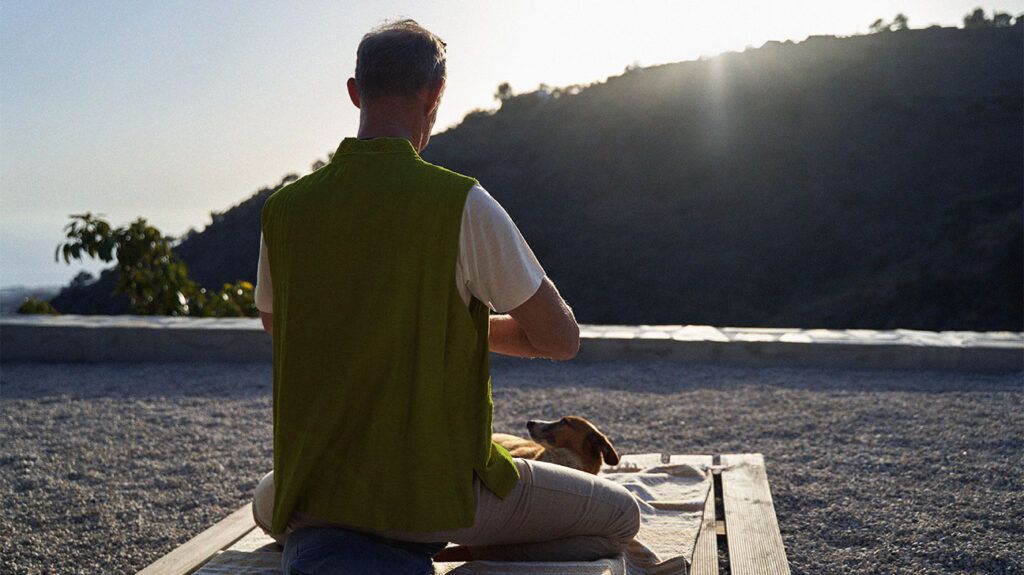People with osteoarthritis (OA) may improve their flexibility, endurance, and muscle strength by doing certain physical activities, such as walking, tai chi, and yoga.
OA occurs when cartilage in the joints slowly breaks down, causing pain, swelling, and stiffness. The condition affects the entire joint and often gets worse over time. It can eventually affect a person’s ability to work and perform other daily activities.
However, maintaining an active lifestyle may help people with OA retain mobility and reduce stiffness and discomfort.
This article explores several types of physical activity that may benefit people with OA. It also offers some tips for exercising safely and discusses when someone should consider speaking with a healthcare professional.
Arthritis resources
To discover more evidence-based information and resources for arthritis, visit our dedicated hub.

Aerobic activities are those that use
It is important for people with OA to choose forms of exercise that do not add too much pressure to the joints. They may wish to try the following low impact aerobic activities:
Walking
A
Additionally, a 2021 review suggests that people with knee OA should walk for at least 10 minutes every day. However, those who feel comfortable do not need to stop at 10 minutes. The review authors cite an older
Swimming and other water exercises
According to a small, older 2016 study, swimming may help reduce joint pain and stiffness in people with OA. It may also help improve muscle strength and function.
A 2020 study suggests that swimming can be a helpful part of an OA exercise program. The researchers theorize that it
Because people float in water, swimming is ideal for older adults and those with overweight or obesity who have a higher risk of OA.
According to the Arthritis Foundation, other types of water exercise, such as aqua aerobics, may also benefit people with OA.
Cycling
Cycling is a low impact activity that works muscles that support the ankles, feet, and knees. The repetitive movements produce more protective fluid around the joints, which may reduce stiffness throughout the day.
A 2021 review of data from 724 participants found that cycling on an exercise bike
Aerobic exercises target some muscles, but exercises that focus on muscle strength may help reduce stiffness and pain and improve mobility in people with OA.
People may try using free weights, resistance bands, or gym exercise equipment. The Arthritis Foundation suggests trying to do two or three 30-minute weight training sessions per week. This may improve energy and muscle tone within 4–12 weeks.
According to the United Kingdom’s National Health Service (NHS), exercises such as backward lunges, knee extensions, and leg raises may help improve knee movement over time.
A small 2023 clinical trial found that exercises that strengthened both the quadriceps (thigh muscles) and hamstrings (the tendons in the back of the leg) were the
Because joint stiffness is
Yoga is an ancient practice that involves breathing, meditation, and physical poses. There are several types of yoga, some of which can be gentle ways to reduce muscle tension and increase flexibility, according to the Arthritis Foundation.
Yoga
A
People living with OA
Tai chi is an ancient Chinese practice involving slow, sweeping movements and controlled breathing. According to the National Center for Complementary Integrative Health, tai chi
Additionally, the Centers for Disease Control and Prevention (CDC) recommends that people with arthritis
People should consider the following tips for exercising safely:
- Start exercising at a low intensity level and for short periods. Over time, a person may be able to slowly increase the intensity and length of workouts.
- People who experience OA symptoms such as pain or stiffness should change their activity but try to avoid being inactive. This
may involve exercising less often, for shorter periods, or at lower intensity. - Stick to low impact exercise that is easy on the joints.
- Try a supervised exercise class with a qualified instructor before doing new types of exercise independently.
- Warm up before exercising and cool down afterward.
People should see a doctor if they feel:
- sharp, stabbing pain after exercise that does not go away
- pain that gets worse at night or
2 hours after a workout - pain that does not get better with medication, rest, or ice packs
- increased swelling, redness, or “hot” sensations in the joints
- pain that causes them to limp
Physical activity may help improve strength, mobility, flexibility, and balance in people with OA. People living with this condition may benefit from activities such as swimming, cycling, and yoga.
Healthcare professionals and qualified fitness instructors can offer further advice about how to exercise safely with OA.
